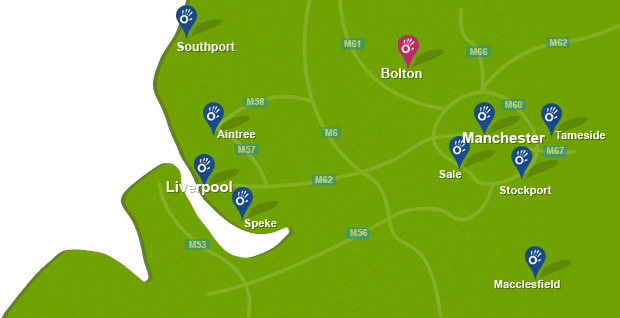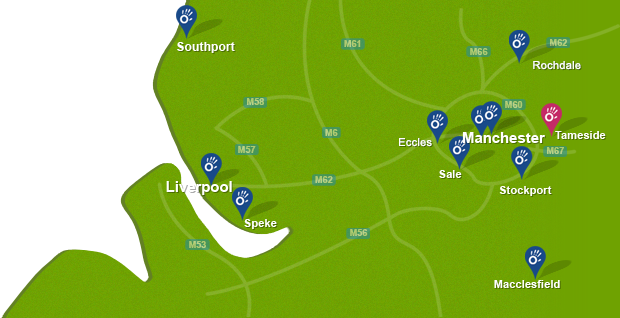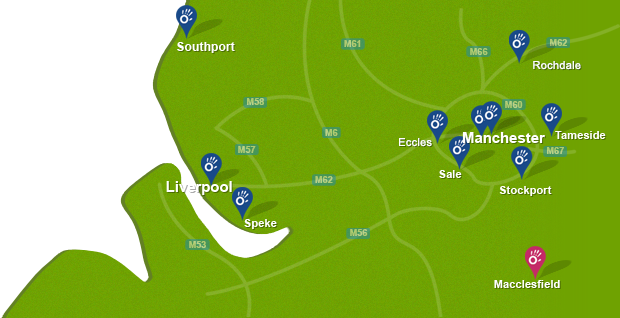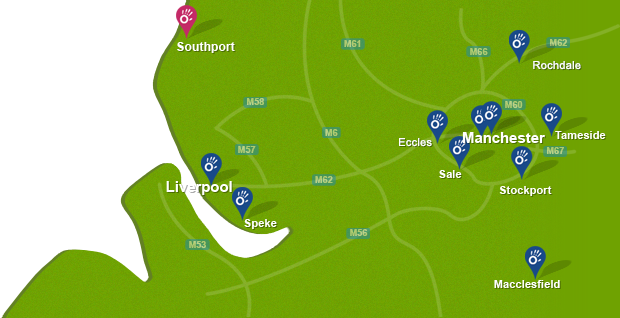Massage increases flexibility in many ways. Massage helps increase flexibility by increasing temperature, increasing elasticity, breaking down adhesions, removing waste products, reducing swelling and decreasing pain.
By incorporating massage into a regular exercise injuries are reduced and performance is maximised. Massage therapists at Manchester Physio provide a wide range of massage therapy services to increase flexibility.
When can massage be used to increase flexibility?
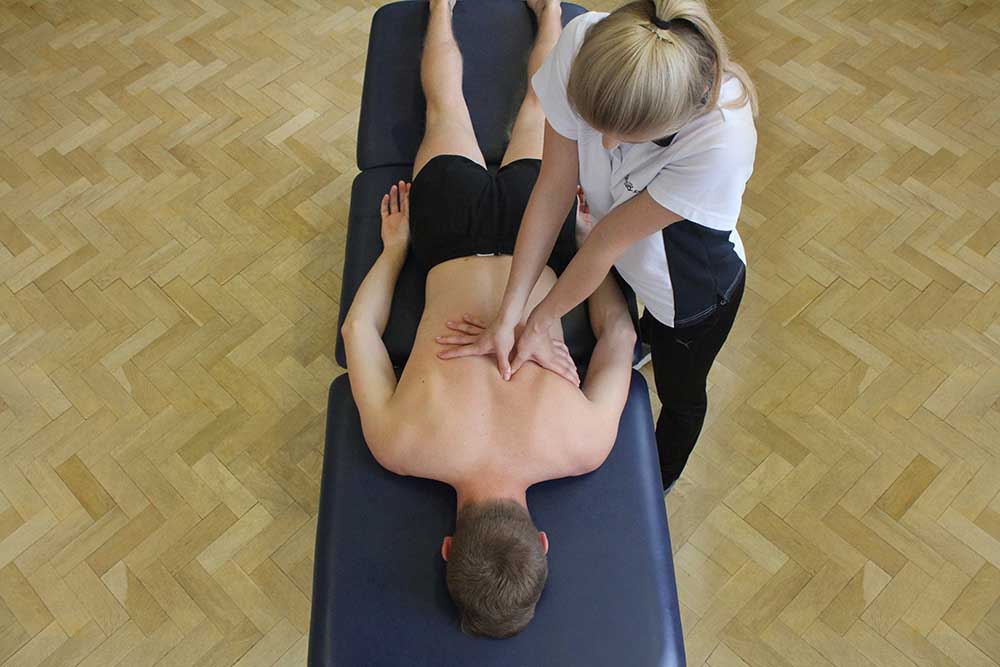 Above: Trigger point massage into erector spinae muscle
Above: Trigger point massage into erector spinae muscleMassage can be used to increase flexibility for many circumstances, these include: Massage is used to increase flexibility when muscles become tight. Massage helps by increasing temperature, increasing elasticity, breaking down adhesions, removing waste products, reducing swelling and decreasing pain.
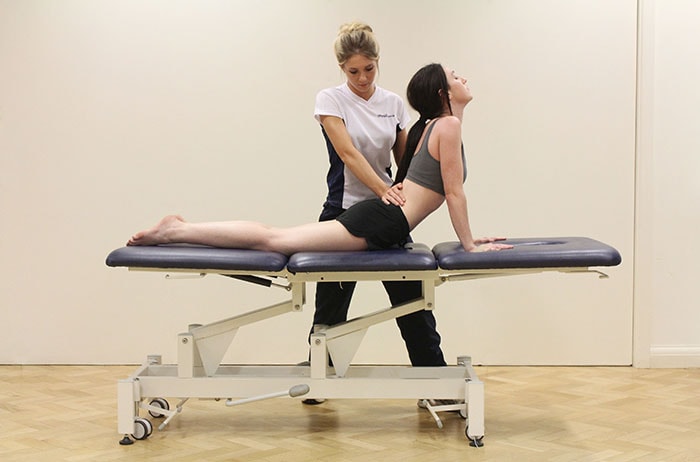
Massage increases flexibility in tight muscles by increasing temperature. Massage increases temperature by stimulating friction to an area of the body. Friction increases capiliarisation and vasodilation in the blood flow. Capilliarisation and vasodiliation is the increase of number and size of blood cells. Increased temperature allows the muscles to relax and muscle fibres to loosen and expand.
Massage helps to increase flexibility in tight muscles by increasing tissue elasticity. Increasing tissue elasticity is important to preventing injuries from occurring and maximising performance. Massage increases temperature of the muscle allowing muscle fibres to loosen. Massage helps to stretch out muscle fibres and increase flexibility.
Massage increases flexibility in tight muscles by breaking down adhesions. Adhesions in the muscles can be formed due to tightness and high tension. Adhesions cause knots and restrict flexibility. Massage can increase flexibility by breaking down adhesions. Massage increases temperature of the tight muscle and realigns the muscle fibers. Once muscle fibers are realigned, movement is restored and flexibility is increased.
Massage increases flexibility in tight muscles by assisting the removal of waste products out of the muscles. Waste products and toxins, such as lactic acid, can build up in tight muscles. Waste products and toxins can produce tightness, fatigue and pain. Muscle tightness, fatigue and pain decreases muscle flexibility. Massage stimulates the drainage of waste products out of the muscles. Massage stimulates lymphatic drainage. Lymphatic drainage is responsible for naturally flushing out waste products out of the body. The decrease of waste products and toxins in the body prevents tightness from occurring in the muscles. Preventing muscle tightness allows an increase of flexibility.
Massage also helps to increase flexibility in tight muscles by reducing swelling. Swelling in soft tissues can restrict movement and flexibility. Massage helps to flush out the excess fluid from the damaged area. Massage uses a lymphatic drainage technique to drain out the excess fluid into the lymphatic system and out of the body.
Massage increases flexibility in tight muscles by decreasing pain. When pain is felt in the body, muscles tighten around to protect it. Tight muscles restrict flexibility. Massage is applied to tight muscles loosening the area and relieving pain. Massage also decreases pain by stimulating the release of endorphins in the body. Endorphins are a hormone-like substance which is released from the brain. Endorphins work as the body's natural pain killer. When pain is decreased movement is restored and flexibility in the muscles is increased.
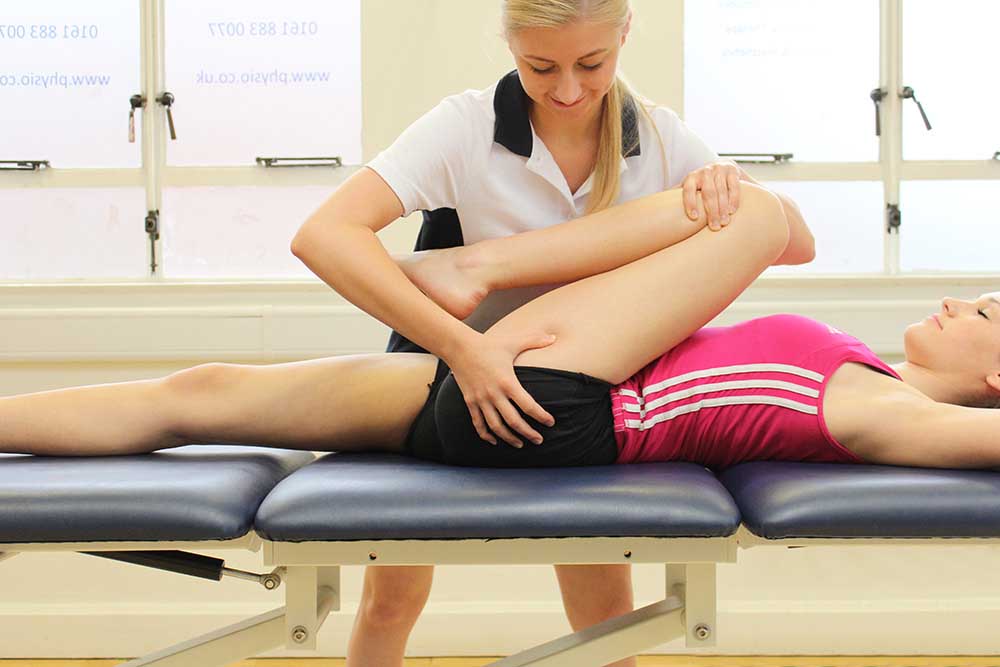 Above: Soft tissue massage of bicep femoris
Above: Soft tissue massage of bicep femorisHow does massage help increase flexibility?
Massage helps increase flexibility in many ways. Massage increases flexibility by increasing temperature, increasing tissue elasticity, breaking down adhesions, removing waste products, reducing swelling and decreasing pain. It is important to include flexibility training as part of a regular fitness routine. Improved flexibility can enhance performance and improve muscular condition.
Massage helps increase flexibility by increasing temperature. Massage stimulates an increase of temperature by applying friction across the skin. Friction causes capilliarisation and vasodilation in the blood flow. Capilliarisation and vasodilation in the blood flow allows an increase of blood to be delivered to the muscles. Increased blood circulation in the muscles allows the muscle fibres to loosen and be stretched.
Massage helps increase flexibility by increasing tissue elasticity. Massage applies pressure to muscle fibres, stretching and elongating them. Stretching muscle fibres is important to increase flexibility. When a muscle is stretched, muscle spindles record the change in length to the muscle and sends signals to the central nervous system. A signal to the central nervous system triggers the stretch reflex that attempts to resist the change of muscle length by causing a contraction. When muscles contract they produce tension at a point where muscle is connected to the golgi tendon. The golgi tendon organ records the change in tension and sends signals to the spine. Gradually, the more the muscle fibres are stretched the muscle spindles come accustomed to the new length and reduces signaling. The more the muscle receptors are trained the greater the lengthening of the muscles.
Massage helps increase flexibility by breaking down adhesions and scar tissue. When a muscle is injured collagen fibres are laid in a hap hazard direction across the muscle creating scar tissue. This reduces movement of the muscle. Massage can apply force across the muscle to break down and realign collagen fibres into normal form. Once muscle fibres are realigned into normal form flexibility is increased.
Massage increases flexibility by reducing swelling in soft tissues. Swelling around damaged tissues is the body's natural response. Swelling can cause obstruction to movement and restrict flexibility. Massage can be used to reduce swelling. Massage applies specific strokes across an area and helps flush out any excess fluid. When fluid is reduced movement is restored and flexibility is increased.
Massage helps increase flexibility by decreasing pain. Pain can cause muscle to tighten. Tight muscles restrict flexibility. Massage helps to decrease pain by loosening tight muscles and releasing endorphins in the body. Massage increases temperature of tight muscles and help increase elasticity. Massage stimulates the release of endorphins in the body which work as a natural pain killer. When pain is decrease flexibility is restored.
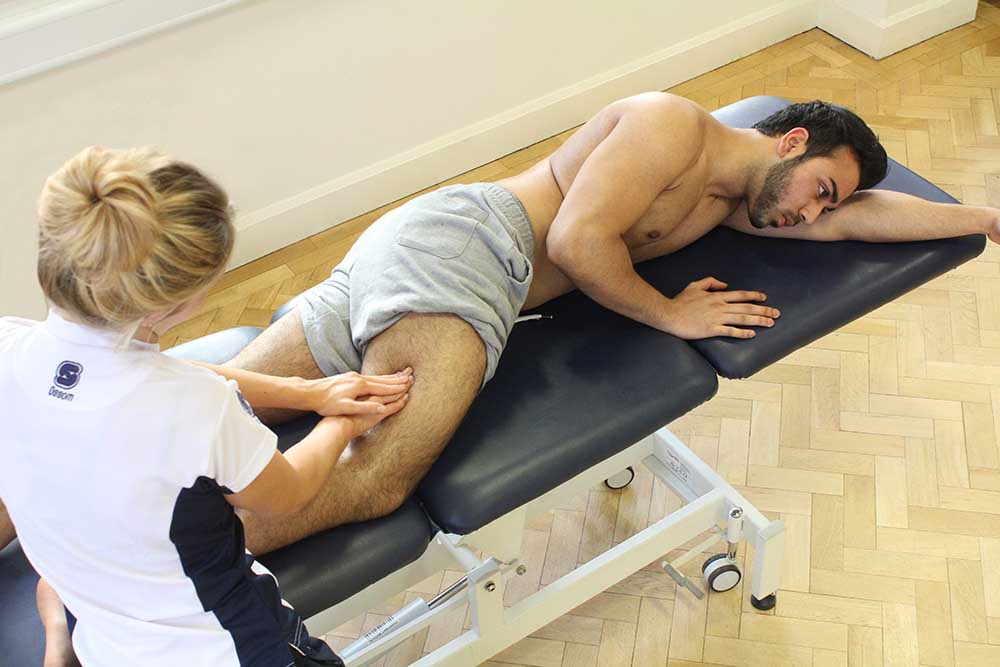 Above: Soft tissue massage of vastus lateralis and illio-tibial band
Above: Soft tissue massage of vastus lateralis and illio-tibial bandWhat are the benefits of receiving a massage to increase flexibility?
Massage to increase flexibility has many benefits. The benefits of massage to increase flexibility include: The benefits of massage to increase flexibility are increased range of movement, reduced tension and maximised performance.
One of the benefits of increased flexibility is increased range of movement. Massage Increases range of movement by increasing temperature and elasticity of the soft tissues. Massage increases temperature and allows the muscle to relax. Massage stretches and elongates relaxed muscles increasing range of movement.
Massage helps to reduce tension when flexibility is increased. Massage reduces tension by increasing blood circulation to muscles. An increase of blood circulation allows more oxygen and nutrients to be delivered into the muscle and waste products to be removed. The increase of oxygen in the muscles relieves tension and increases flexibility.
Massage helps maximise performance. An increase of flexibility allows muscles to stretch and move to their optimal length. Injury is reduced when the temperature of the muscles is increased and flexibility is improved.
Summary
Massage is an effective treatment to treat muscle tightness and increase flexibility. Maintaining flexibility is an important to prevent injuries and maximise performance. Massage increases temperature, increases tissue elasticity, removes waste products and breaks down scar tissue. Massage therapists at Manchester Physio provide a wide range of massage therapy services to increase flexibility.
How can I arrange a massage to increase flexibility?
To arrange a massage for increased flexibility at Manchester Physio, email us at office@manchesterphysio.co.uk or call 0161 883 0077.


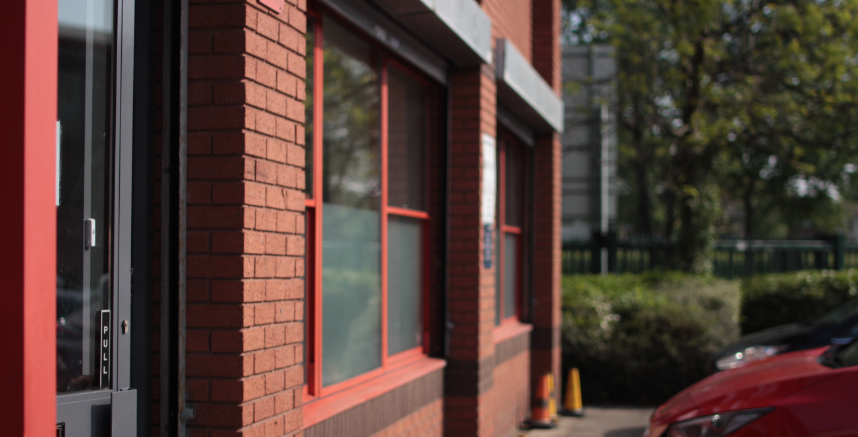
 0161 883 0077
0161 883 0077






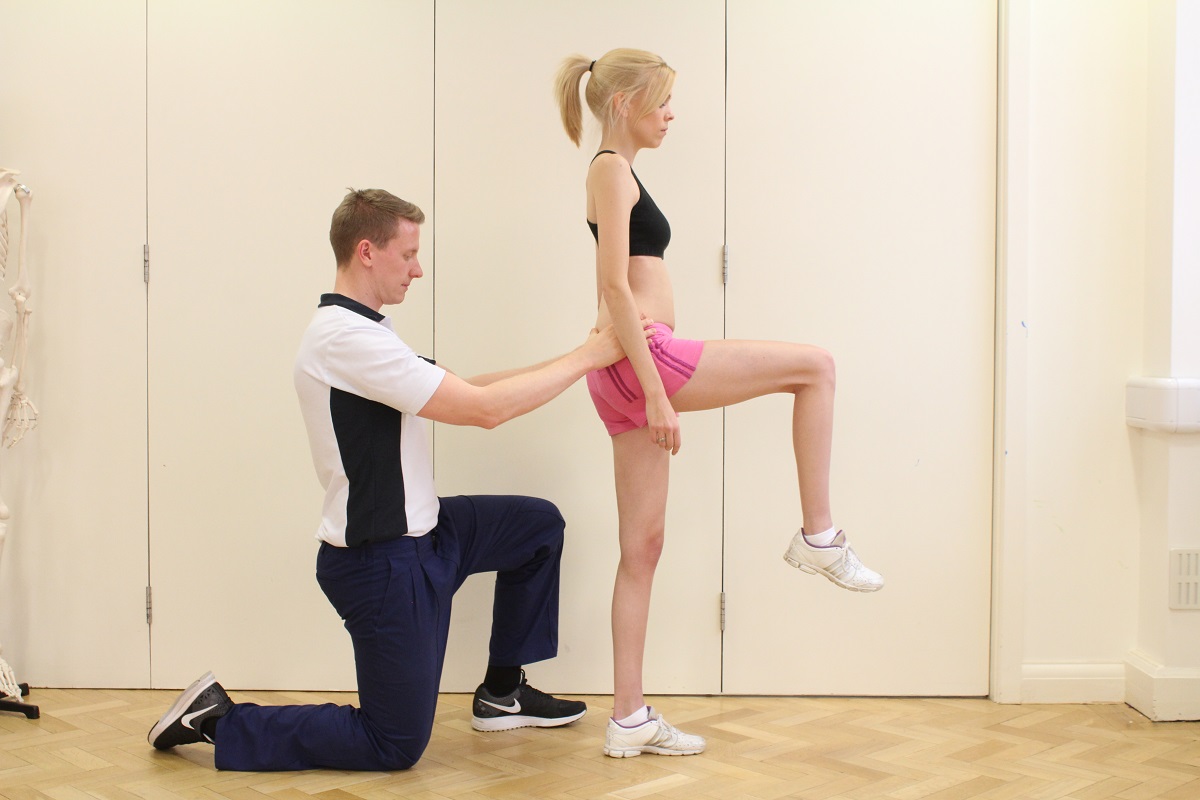
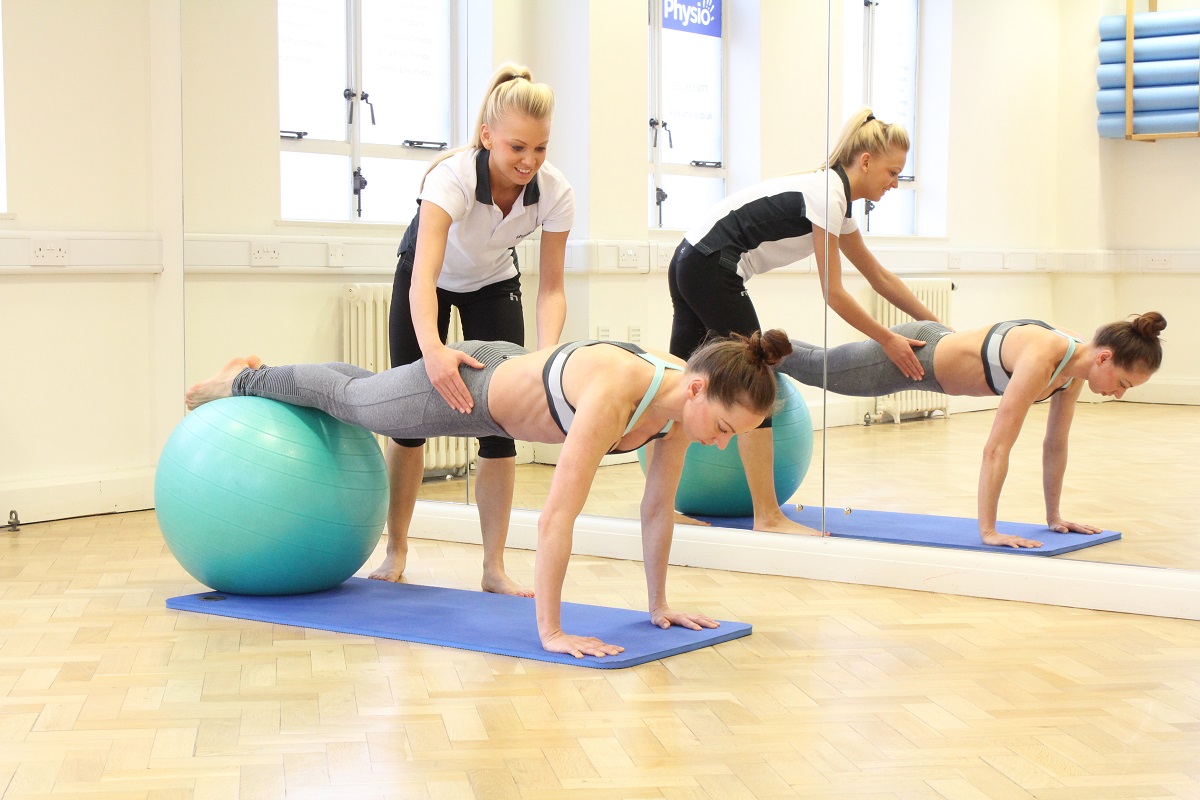
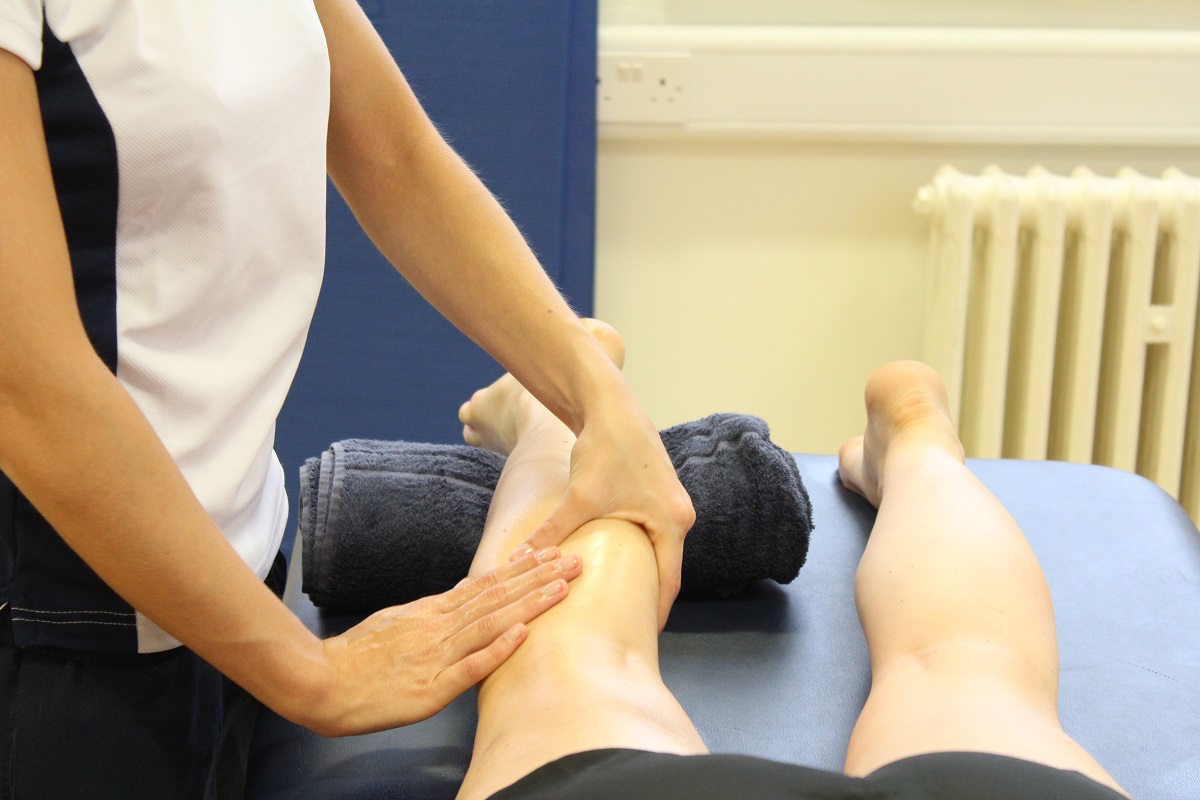
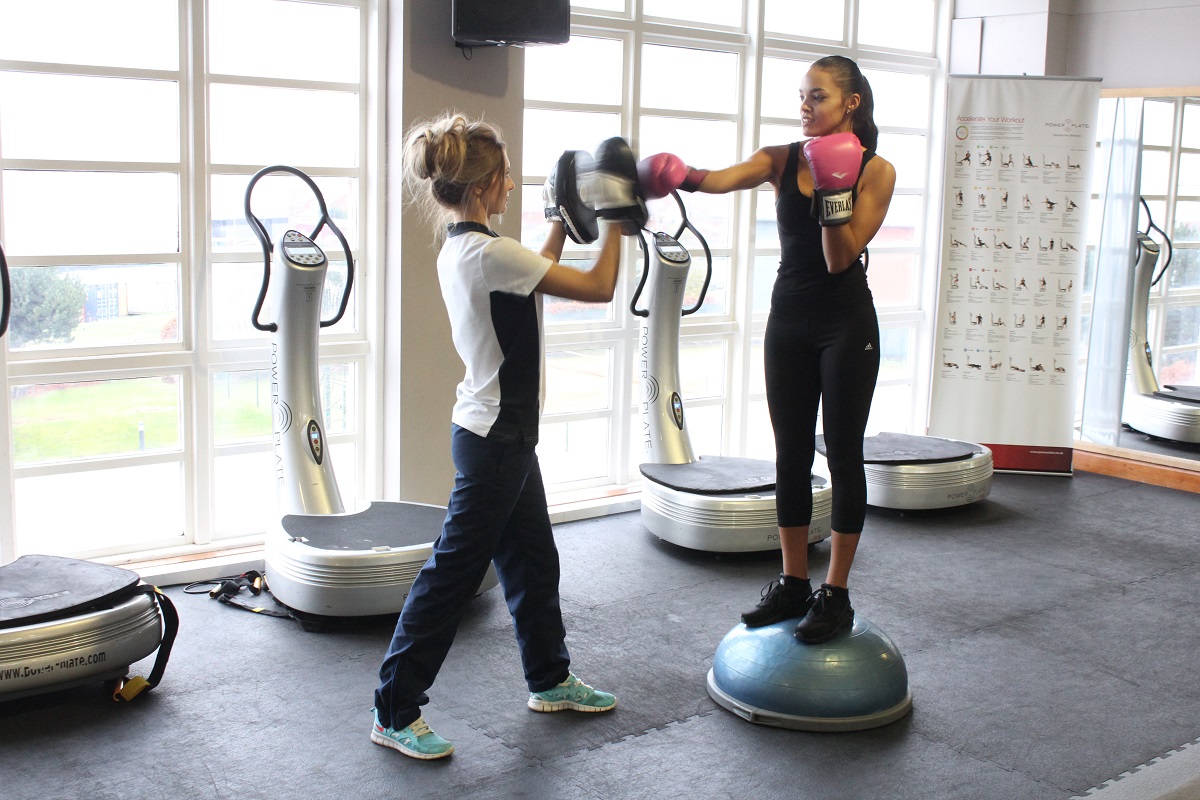
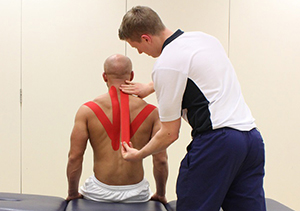

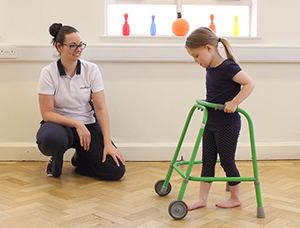
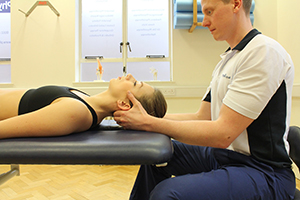


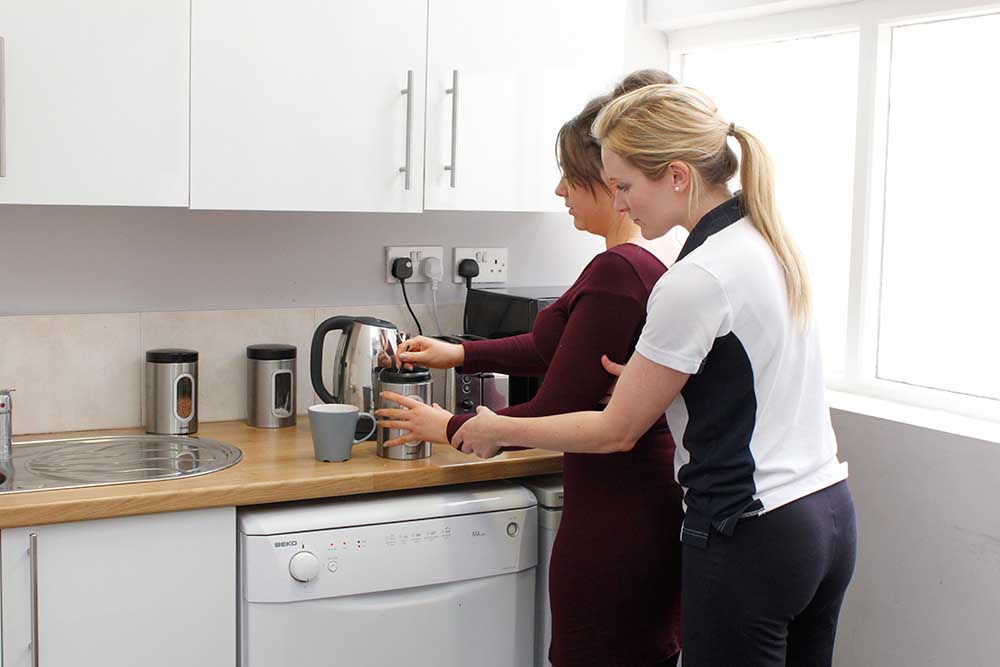




























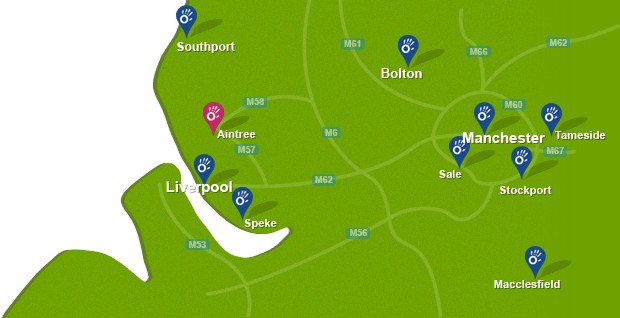

 f
f
